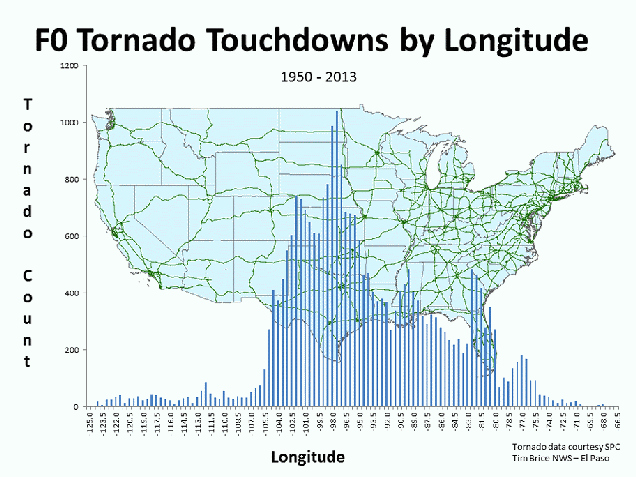The first few posts have topics like converting from one form to the others (equation, tabular, graphical and story) with linear equations, using fractions to create a group structure, simplifying polynomials with algebra tiles and playing the game "Heads Up" to consolidate properties of quadrilaterals. All with full downloads. Hopefully over the summer we will continue to add our activities. Take a look
Curriculum Tags: Gr7, Gr8, MPM1D, MFM1P
http://engaging-math.blogspot.ca/2014/06/linear-scavenger-hunt.html
http://engaging-math.blogspot.ca/2014/06/algebra-tile-musical-desks.html
http://engaging-math.blogspot.ca/2014/06/quadrilateral-heads-up.html
http://engaging-math.blogspot.ca/2014/06/sort-students-into-groups-using.html
 I think this would be a great problem dealing with rates. That is, if you know how much energy it takes to hit a key on a keyboard (1.5 mJ/keystroke) then how about if you type an essay, or write a book. At What if they asked that question and determined what kind of energy output typing out a whole book would be (and more). But don't let them do the work, have your kids do the same work on their own.
I think this would be a great problem dealing with rates. That is, if you know how much energy it takes to hit a key on a keyboard (1.5 mJ/keystroke) then how about if you type an essay, or write a book. At What if they asked that question and determined what kind of energy output typing out a whole book would be (and more). But don't let them do the work, have your kids do the same work on their own.Curriculum Tags: Gr7, Gr8, MFM1P
http://what-if.xkcd.com/102/
I like when it is possible to take the abstract and make it visible. So it is with this recent post from Timon Piccini. We have all certainly talked about the "balance method" for solving equations and maybe even played with some virtual balance apps (here, here and here). But in this case the method is to use actual scales. He does talk about some of the difficulties and limitations (and is looking for input on how to fix them) but gives all the handouts, video files and power points. Take a look at the video below which asks how many pennies does x equal if you get some evidence when you split x up evenly in to four different cups (I think the stack of pennies is 10)
Curriculum Tags: Gr7, Gr8, MPM1D, MFM1P, MFM2P
http://mrpiccmath.weebly.com/blog/what-the-x-how-i-teach-basic-linear-equations
 Though not truly an article, I felt this post belonged int his section. Its a few years old but I just came across it. It about the idea that basically school is boring. And before you blame the Internet, think back to when you were in school, it was probably just as boring. The thing is that we now have the technology and the means to actually have school not be boring. So why not take advantage of those opportunities. I love the quotes from the students. Some might give you pause.
Though not truly an article, I felt this post belonged int his section. Its a few years old but I just came across it. It about the idea that basically school is boring. And before you blame the Internet, think back to when you were in school, it was probably just as boring. The thing is that we now have the technology and the means to actually have school not be boring. So why not take advantage of those opportunities. I love the quotes from the students. Some might give you pause.Curriculum Tags: All
http://grantwiggins.wordpress.com/2011/07/26/bor-ing/
Did you know that there is a mathematical way to choose a port-a-john. Of course there is and Numberphile is gonna tell us how. The thing I like about this is it really exemplifies the idea of trying a simpler version of a problem to develop an answer for the more complex problem. Some goodcombinatorics in this one.
Curriculum Tags: MDM4U
One of the new features of Google+ is that when you upload your photos you can do something called "AutoAwesome" them. That is, you can apply various effects that will enhance your image(s). One of the choices will compile similar images into one animated image. So this meteorologist, Tom Brice, made a bunch of graphs about the frequency of tornadoes agains their location then AutoAwesomed them to get images like the one below. Click here for his original Google+ page. Either way, its some cool data.
Curriculum Tags: MBF3C, MDM4U
http://io9.com/the-location-of-every-tornado-touchdown-in-america-gra-1591958574

































